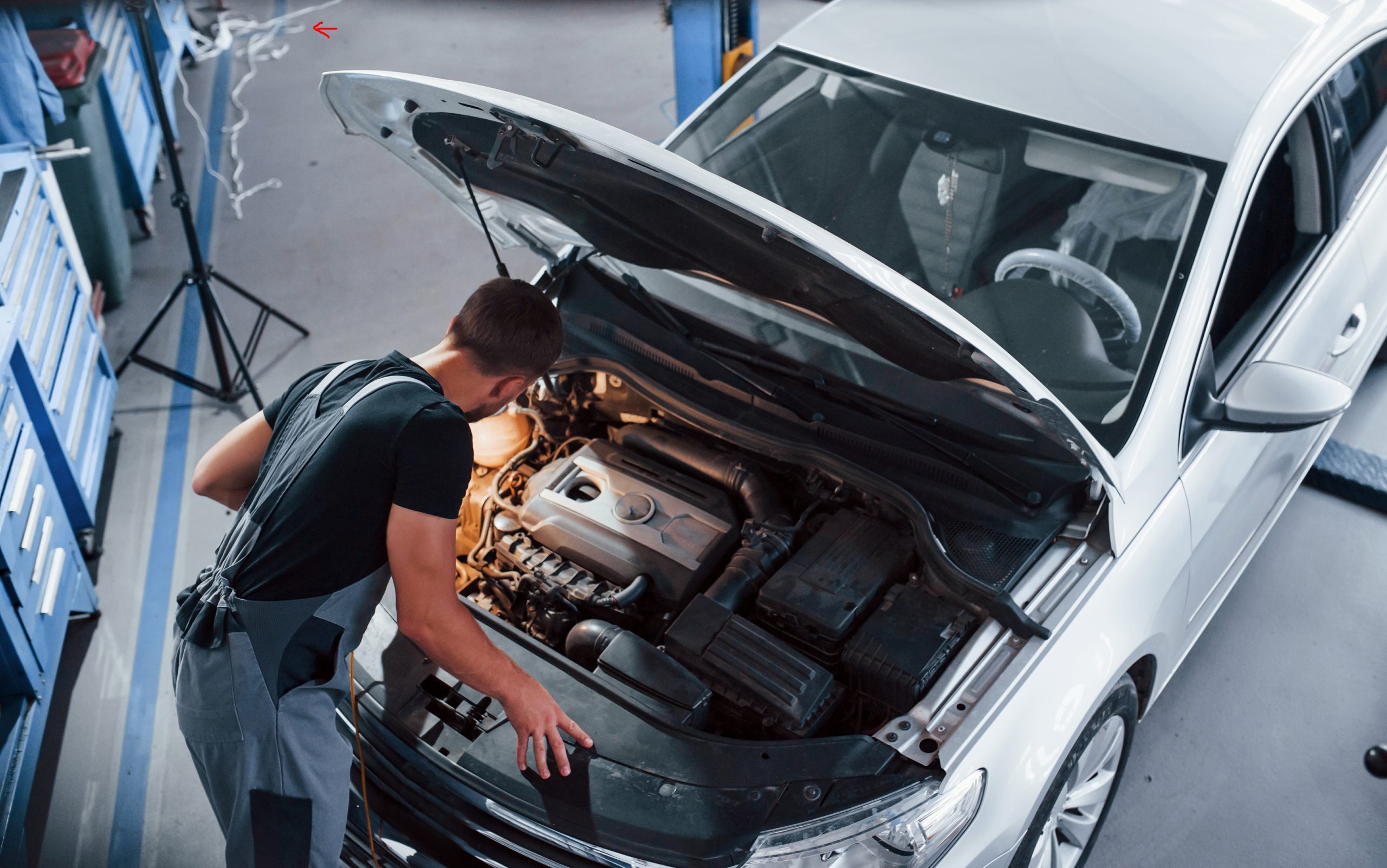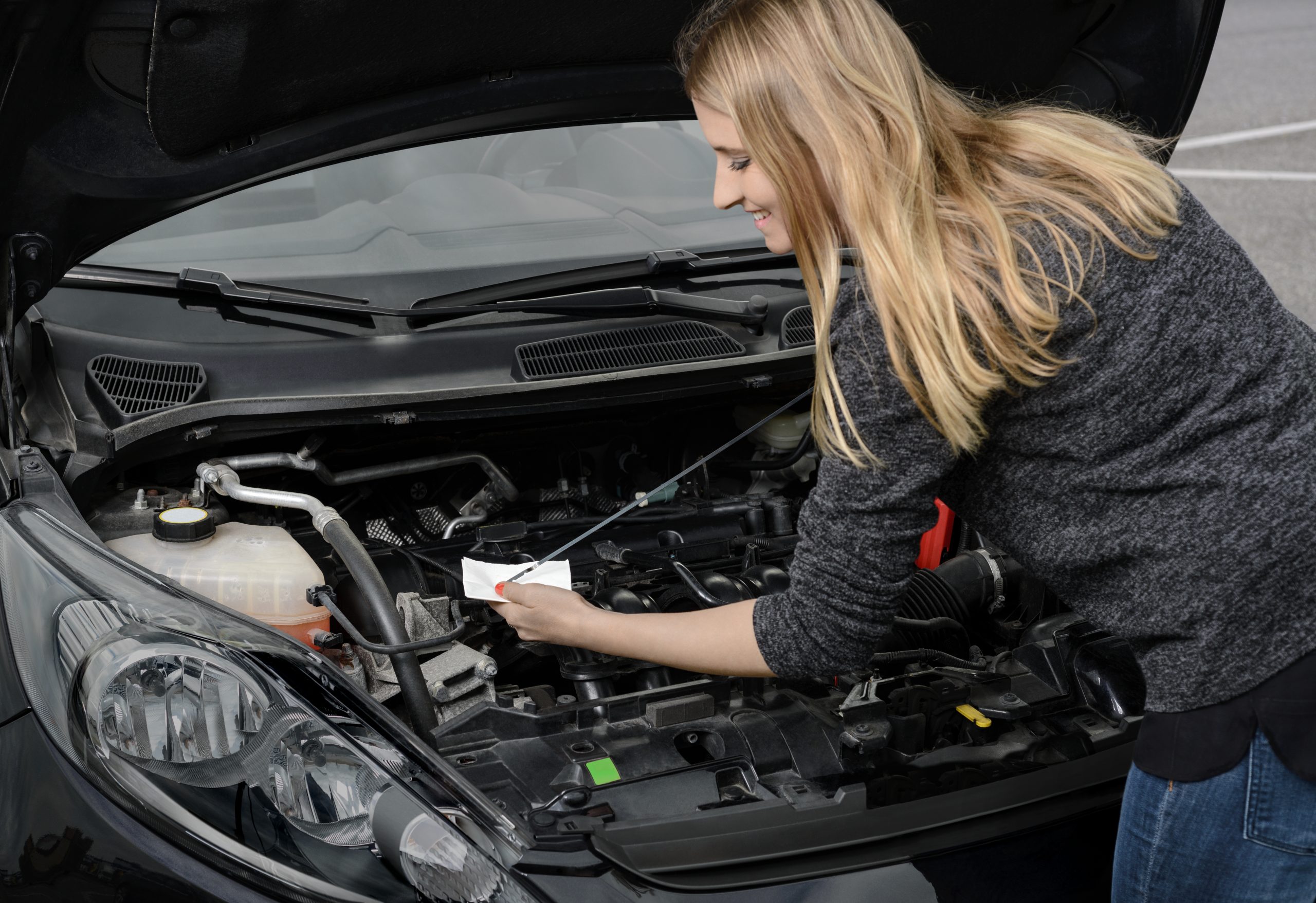Under the Hood Checks

Under the Hood Checks (Fluid Levels, Etc.)
When people go out shopping, they often check to make sure that they have their wallet with credit and debit cards or cash with them. If necessary, they may have to retrieve a bank card from a family member or go to the bank to withdraw cash. For drivers, checking under the hood is just as important as ensuring that a shopper has money. Regularly making sure that the fluid levels are good and that everything else is working as it should is an important part of keeping a vehicle running reliably and well.
Some drivers may neglect under-the-hood checks, feeling that scheduled maintenance appointments are enough. However, many things can go wrong between appointments, and drivers might find that they need to know at least the basics of what is under the hood. As the Carparts website notes, the number of self-service gas stations these days means that finding a qualified person to check could be difficult. In addition, this knowledge could be useful in the case of a breakdown far away from help.

Much of the information that people need for a proper check under the hood is available in the owner’s manual for each vehicle. This document should give information about the location of the various parts, as well as what to look for while checking under the hood. Several basic checks should take place on a regular basis. The fluids include engine oil, transmission fluid, brake fluid, power steering fluid, windshield washer fluid, and coolant or antifreeze. Other areas to check are the battery and the belts and hoses. With these basic elements in good working order, the vehicle should run smoothly.
Checking Fluids
As the Carparts website explains, the check for engine oil is critical as engines can be seriously damaged or entirely ruined without oil. Before checking the oil level, the driver should be sure that the engine is off. If the vehicle has been running for a long time, it might also be advisable, although not essential, to allow the engine to cool off or to wear work gloves to avoid touching hot metal while conducting the oil level check.
The next step is to find and remove the engine oil dipstick, wipe it off with a paper towel or rag, and to take note of the markings for “full” and “add.” Pushing the dipstick all the way back into the tube and immediately pulling it out again should show the level of oil. It may be necessary to add more oil, but vehicle owners should be very sure never to add any oil beyond the “full” mark. If the oil level seems to fall more rapidly than it should over the next days or weeks, the vehicle has likely developed a leak and needs repair.

In contrast to the oil levels, transmission fluid levels can be checked with the engine running, at least in vehicles with automatic transmissions. The procedure for checking this fluid is the same as with engine oil, with a dipstick indicating “full” or “add.” One difference is that transmission fluid, instead of being dark, has the consistency of cough syrup and is normally pink or red. The transmission is important in both automatic and manual vehicles as it controls the vehicle’s gear-changing functions.
Brake fluid is fairly easy to check as its reservoir often has a transparent cover. Exposure to air can be harmful to brake fluid, and it is important to avoid leaving this tank uncovered for long. Although the level of brake fluid can decrease to some extent without effect, a drop to below two thirds full can indicate a serious problem. Power steering fluid uses the dipstick method for checking the levels. If the levels fall below the normal range on the stick or if the steering wheel buzzes as it is being turned at low speeds, it may indicate a problem with the level of power steering fluid.
The coolant and antifreeze tank is another essential element as it keeps the engine from the damage that can come from overheating. Normally, this fluid is in a translucent white tank near the radiator, with marks indicating “full hot” and “full cold.” Keeping this fluid at the right level is important for keeping the engine from overheating.
Windshield washer fluid is not critical for the inner workings of the vehicle, but it is important for visibility. Without it, the windshield could become too muddy or smeared for the driver to see anything on the road. In winter, it is especially important to keep this container filled with the proper fluid to prevent ice from building up on the windshield.
Other Checks
Besides the fluids, drivers may want to check the battery and various belts and hoses. The top of the battery should be clean and dry, and the connections to other engine parts should be tight. Similarly, belts and hoses should have no cracks in them and should be tightly connected to the vehicle parts that they connect. Often, tightening them with a wrench can be enough to ensure that everything is properly connected.
The Driving.ca website suggests having two people involved in the under-the-hood check, one to stand by the open hood while the other person starts the engine. That way, it will be easier to detect any unusual noises that might come from the vehicle as the engine starts. For example, a squeal could indicate that the air conditioning compressor pulley is not working properly, while a clicking sound might mean that a valve system is failing. Many of these sounds disappear as the vehicle warms up or can be easily lost in the noises on the road, and so it is important to check them before leaving.
Checking under the hood for any issues might seem unnecessary when a vehicle is running well. However, doing this on a regular basis is a good habit to form. It will help reduce possible damage to the engine while guarding against many issues that could cause problems on the road. Whether daily, weekly, or monthly, under-the-hood checks are vital.
